|
Chris Fedderson — MacroFine Musings ~~~~~~~~~~~~~~~~~~~~~~~~~~~~~~~~~~ Gardening is how I relax. It’s another form of creating and playing with colors. — Oscar de la Renta One of our local botanic gardens — Green Spring Gardens, in Alexandria, VA — has a really fun element incorporated into their vegetable garden. An element so fun we decided to incorporate it into our own yard at home. In a nutshell, it involves short sections of corrugated drain pipe of various diameters, painted fun, bright colors, and ‘planted’ in the ground as plant pots with fun plant specimens growing in them. 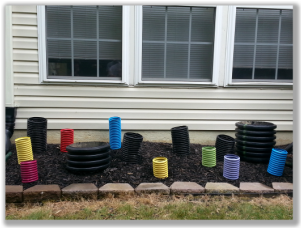 Our Pots Of Various Sizes And Colors Our Pots Of Various Sizes And Colors This was a really fun project to do. The planning and visualization. The painting of the pipe sections. The actual installation and planting. My Inner-Scavenger even enjoyed the finding of the pipe scraps we could get for free. I got some — about 40 feet worth! — from a neighbor who was doing a complete yard re-do. I got some larger diameters from the superintendent overseeing a huge highway project in town. So fear not. Get out there and scav some materials! Cut them into various lengths using a regular hand saw. Use a coarse file, rasp, or very coarse sandpaper to smooth out the cut on one end; never mind the other end, it will be buried about 2-3 inches. I would suggest having lengths of about 6, 8, 10, 12 inches, intending for 2-3 inches of each to be buried. 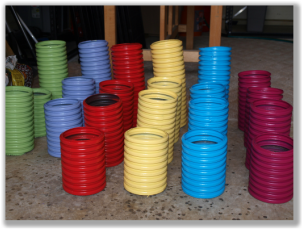 Our Pots Of Various Sizes And Colors Our Pots Of Various Sizes And Colors To clean these, wash them in detergent to remove any soil or other obvious gradoo. Then you might scrub the outside with medium sandpaper or steel wool to roughen the surface for better paint adhesion. We didn’t do this and we have a few small areas where the paint is scratched off. Now wash them in a solvent such as denatured alcohol or paint thinner to remove any residual oils or grease. 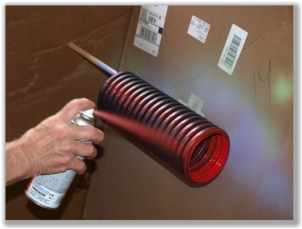 Spray Painting The Garden Planter Pots Spray Painting The Garden Planter Pots And they’re ready for paint! Use a spray paint that is intended for plastic; we used Rust-oleum. Spray inside the top lip an inch or so and over the outside, being sure to get up and down in the ‘inside’ parts of the outside corrugation. Mix it up. Be random. Paint various colors of various diameter pieces and various lengths. 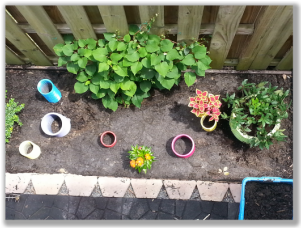 Don't Forget The Top View! Don't Forget The Top View! Now the really fun part begins! Arrange them in your yard. Try to be as random as possible while still keeping in mind that taller plants — probably in the larger diameter pots — will be in back and yet pot sizes and colors still need to be mixed up. If you have an upper deck or balcony overlooking your planter bed, consider the view from above also, when arranging your pots. 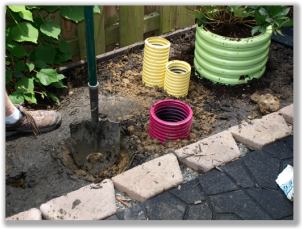 Dig A Hole To Secure Your Pot In Dig A Hole To Secure Your Pot In When you plant them, dig a hole twice as wide as your pot and twice as deep as you intend to plant it. Fill the hole half way with very coarse yard bark, mulch, or bark chips for drainage. Settle the pot in, paying attention to its natural curve, then top off the hole around the pot with dirt and pack it — very well. After all your pots are planted, take a general picture showing the overall layout including any relationships to structures, existing plants, borders, points of view, or any other factor that will affect the overall visual. You’ll use this (these) photo(s) when you go to the nursery to get plants. Get plants in sizes much smaller than your pots for ease in planting them. I suggest 2” pony packs for the 4” pots, 4” plants for the 6” and larger pots. Do the math to know how much potting mix you’ll need to fill all your pots. V = π (r 2 ) Volume = pi times (radius squared). Total up the sum for all your pots. Now, plant ‘em! Be sure to plant them down a bit from the top to allow for watering. And be sure when you fill the pots that you smoosh the potting mix into all the inside nooks and crannies of the corrugation. Wasn’t that FUN?!
Thank You for visiting, — Chris P.s. How’d your project come out? What unique features did you incorporate? Where did you find sources of scrap drain pipe that others might also search out? What fun, unique plants did you use to make your garden project scream “YOU”!?
0 Comments
Chris Fedderson — MacroFine Musings ~~~~~~~~~~~~~~~~~~~~~~~~~~~~~~~~~~ “ ‘Will you walk into my parlour?’ said the Spider to the photographer…” [ed. lic.] --Mary Howitt 1829 It’s been raining – no surprise here, it’s April and you know the adage: April Showers bring May Flowers. Even though we know the promised benefits, sometimes April seems to drag on and on while we wait to photograph the beautiful May Flowers. So, make good use of it. With all this rain comes an opportunity to look for new, challenging subjects to photograph. And I know just the thing! Spider webs! Eeewwww! No, Really. Even if actual spiders aren’t your thing, their webs can make some intriguing Macro shots. Webs holding raindrops, or heavy with dew, can be fabulous subjects — they almost define your Hook for you. But they can be challenging subjects. Webs pose a whole host of fun challenges: movement, focal point, resolution, background, depth of field, refracted images, etc. But, overcoming these hurtles is all the fun! These engineering marvels have amazing strength and construction. “Markus Buehler, an associate professor of civil and environmental engineering (CEE) at MIT, has previously analyzed the complex, hierarchical structure of spider silk and its amazing strength — on a pound-for-pound basis, it’s stronger than steel.” … But, I digress… Your first challenge — chronologically, and the hardest one for me — is that you can’t get up at the crack of noon and wander out into the yard in your jammies thinking you’re going to snap a masterpiece before breakfast… er… lunch. You must plan ahead and choose your photo shoot location and timing with care. Choose a site that is home to a lot of spiders: a wetland, a remote meadow, any place that is also home to a lot of insects in general. Plan your timing to be early… very early… in the morning. You’ll also need a morning that follows a light night rain or a misty or foggy night. You need the water drops, after all. An added bonus may be that this morning will be overcast or foggy, providing an even, diffused light. Perfect! You will also need it to be beyond calm. You’ll need it to be windless. Just the fact of very early morning will help with this. Pack your Macro lens and your tripod. Don’t neglect the tripod; you need to be able to eliminate as much movement as possible. When you’re all set up and ready to shoot, remember that it takes only about three air molecules to move a web. Any wind you generate with breathing, body movements, and even the convection currents from your body heat, can jiggle your web. So, now you’re out in the field, scouting for a subject web. But not just any web. You want one that is pristine — or as pristine as it possible given that bugs have been crashing into it all night. You want a great background, and maybe some ancillary objects in the frame that will add to your image’s message. Maybe diffused color areas or a suggestion of something behind that adds emotion. Maybe the spider is in the shot. That could be a great message/hook. …Or not… You found it! Your National Geographic masterpiece subject. Carefully get as close as you can; set your tripod, being sure to not move the web thereby dislodging its watery cargo or breaking its structure. Fill your viewfinder with it. Consider your view angle, the direction of the lighting, the background, any ancillary objections within the frame, the presence — or not — of the spider, the emotional clarity and successful communication of your message, and anything else affecting your Artistic Statement. Whether you shoot for a very narrow depth of field or a very deep focused range, is entirely up to you — and your message. Either way, set your shutter speed to be as fast as possible while balancing it with the rest of the techy things, e.g., aperture, ISO, exposure compensation, desired amount of over- or under-exposure. This fast shutter speed will help to overcome any unavoidable web movement. And just to complicate the whole deal… try using a flash. You may be able to get a lit and focused web while all else behind is vastly under-exposed and dark. Could be dramatic. Enjoy!
Thank You for visiting, — Chris P.s. How did it go for you? Did the early morning kill you? It did me! Have you tried various depths of field? Was the spider in your shot? What about using flash? Tell us what unusual things you tried on your photo shoot — we’d love to try them. Chris Fedderson — MacroFine Musings ~~~~~~~~~~~~~~~~~~~~~~~~~~~~~~~~~~ Orchids and Eagles -- both rare, both beautiful. Last spring we had a bird build a nest in the underside of our second floor deck that stands over our ground floor patio. I think we had been out of town while the nest building was going on, as the bird didn’t seem to know how much daily activity there was going to be on the patio below, and the deck above, her nest. Our cat routinely dines on the second floor deck and then spends time on the ground floor where she wanders about on her leash or lounges in the patio chair that sits right below the nest. And we do plenty of clomping around on the deck during nice weather. Once the bird figured this out the nest was abandoned. After many weeks of watching just to be sure no one was using the nest, we decided to remove it and put it to good use. This winter as I was looking for new ways to create some great studio shots, I pulled the nest out of the box I had it stored in and went to work. This image, “Birth of an Orchid”, is the beginning of my experimentation with something new and different. I thought I’d try to find a way to capture the stunning attributes of orchids in unique ways and in unusual settings. So far I’ve developed a half dozen images of orchids — each displaying a unique aspect of The Orchid. What better way to Feathering Your Nest than with these unusual orchid images. As I was setting up the photo shoot, I finally examined the nest up close and was fascinated by not only the material but the amount of work that went into this very sturdy nest. It was also heavier than I thought it would be. I believe it’s a Robin’s nest and it’s about 7” across by 3” deep and made with assorted twigs, branches, grasses, leaves, pine needles, and oddly enough, plastic bits. Apparently the Robin also adds mud — made from earthworm poop — to the nest as she is building it to make it sturdy. I’m going to ignore the poop-thing, and still be fascinated by the construction. Birds are amazing nest builders. Some birds use spider silk as threads for their nests. Some build giant colonies of nests like apartment buildings. A bald eagle builds a nest that is 4-6 feet in diameter and may be just as deep. Imagine what kind of crazy studio set up we could do with that! Look out Anne Geddes! We live along a highly-trafficked bird migratory route, so we see a huge number of different birds and are continually spotting new species flying near our house. In Huntley Meadows, just a few miles from where we live, over 200 species of birds have been identified frequenting the park. It is a great place to visit, view birds, and see a few nests. Another really exciting development is at the National Arboretum. The Arboretum has a pair of hatchling Bald Eagles this spring for the first time in nearly 70 years! It is a wild eagle pair who are nesting on the grounds, and you can view them on the DC Eagle cam. Hurry, though, before the kids leave home!
Thank You for visiting, — Chris P.s. What unusual pairing of objects not usually associated with each other have you photographed? What have you imagined in your mind’s eye and are looking forward to shooting? Have you seen someone’s work you really admire for its juxtaposition? Share with us in the comments; we’ll trade ideas. Chris Fedderson — MacroFine Musings ~~~~~~~~~~~~~~~~~~~~~~~~~~~~~~~~~~ What’s so great about trees, anyway? Trees' leaves fall off and we have to rake them up every year. Trees fall over and block roads or crash into our homes. Tree roots buckle our driveways and sidewalks and strangle our drains and sewer lines. And trees release their waste product into the air we breath. What?! Wait! Isn't that... oxygen?! Don’t we need that stuff to, you know, like, Survive?! 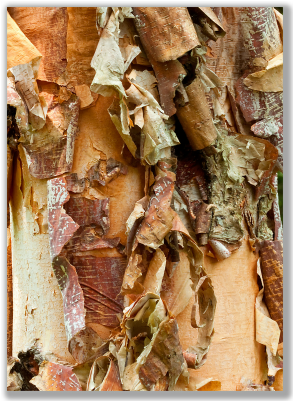 Even the "Non-Business" parts Even the "Non-Business" partsof trees can be very delightful The trees and other vegetation on land produce about half the oxygen in our atmosphere, with the other half coming from marine plankton, and they remove a proportionate amount of carbon dioxide from our air so we don’t suffocate. Not to mention the habitat they provide — both when standing and when fallen — for countless varieties of animal and plant life. Habitat that is absolutely essential to a balanced ecosystem. I’m not going to even touch on what they contribute to our food chain, lumber industry, by-product supplies, recreational and leisure uses, urban aesthetics, and on and on… According to WorldWildlife.org : “Some 46-58 thousand square miles of forest are lost each year—equivalent to 48 football fields every minute.” This equates to an area about the size of Alabama. Gone. Every year. And so, every year, every day, every minute, we decrease our world’s oxygen production capacity. How long can you hold your breath? EarthDay.org is announcing “Trees for the Earth (#Trees4Earth), a plan to plant 7.8 billion trees by Earth Day’s 50th in 2020. That is one tree for every person on the planet!” So, waddaya say? How about we each plant just one tree? Do you live in an apartment or some other arrangement that makes this prohibitive? Find an organization that is participating in planting trees and sponsor a tree… or maybe two! After all, if we end up planting more than 7.8 billion trees it won’t be the end of life as we know it. But if we don’t plant any, it might just will be… Thank You for visiting, — Chris P.s. We live in a townhouse and aren’t allowed to plant any trees in the common areas, so we just now donated to Arbor Day Foundation’s general donation fund. Quick. Easy. Fulfilling! I’ve listed a few links below to get you started finding organizations you can partner with. Or Google it up for your own area or preferences… [I am merely suggesting these, not endorsing any particular one] Our City Forest Arbor Day Foundation Earth Day Events Worldwide Trees For The Future |
Categories
All
About Chris
I am a Virginia-based photographer and gather my images while hiking in parks and natural areas here at home and in the locations I travel to. I also love to visit arboretums and botanic gardens to find unusual and exotic subjects. Archives
March 2017
|
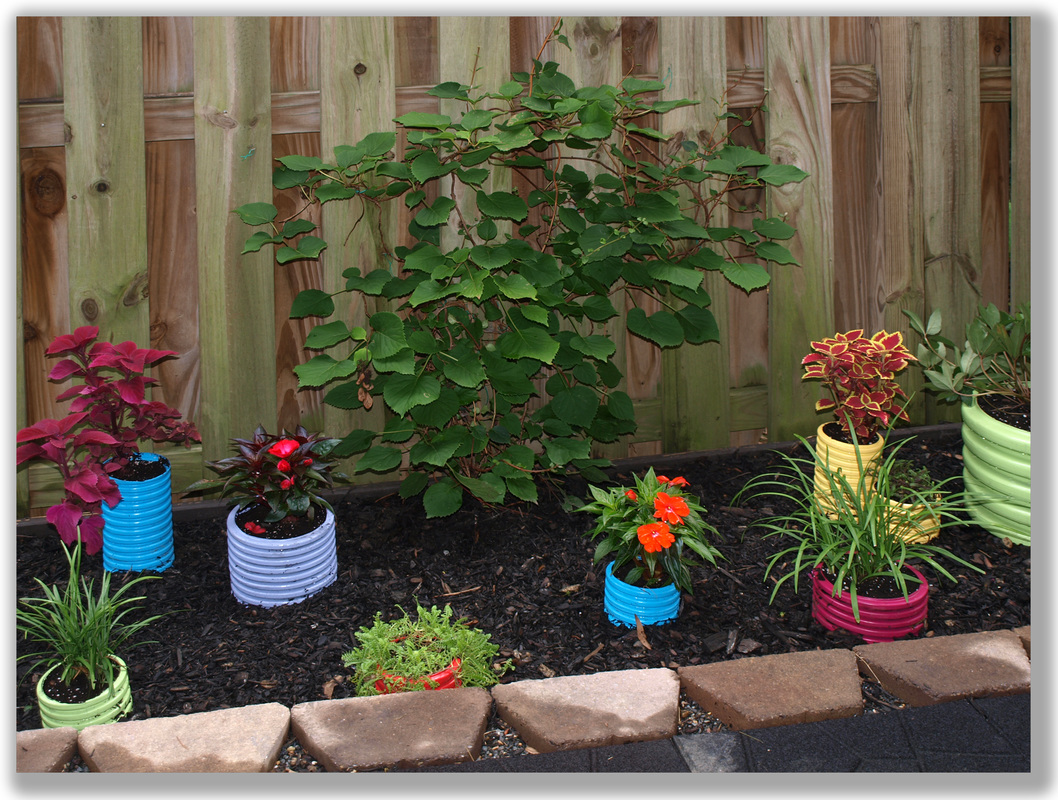
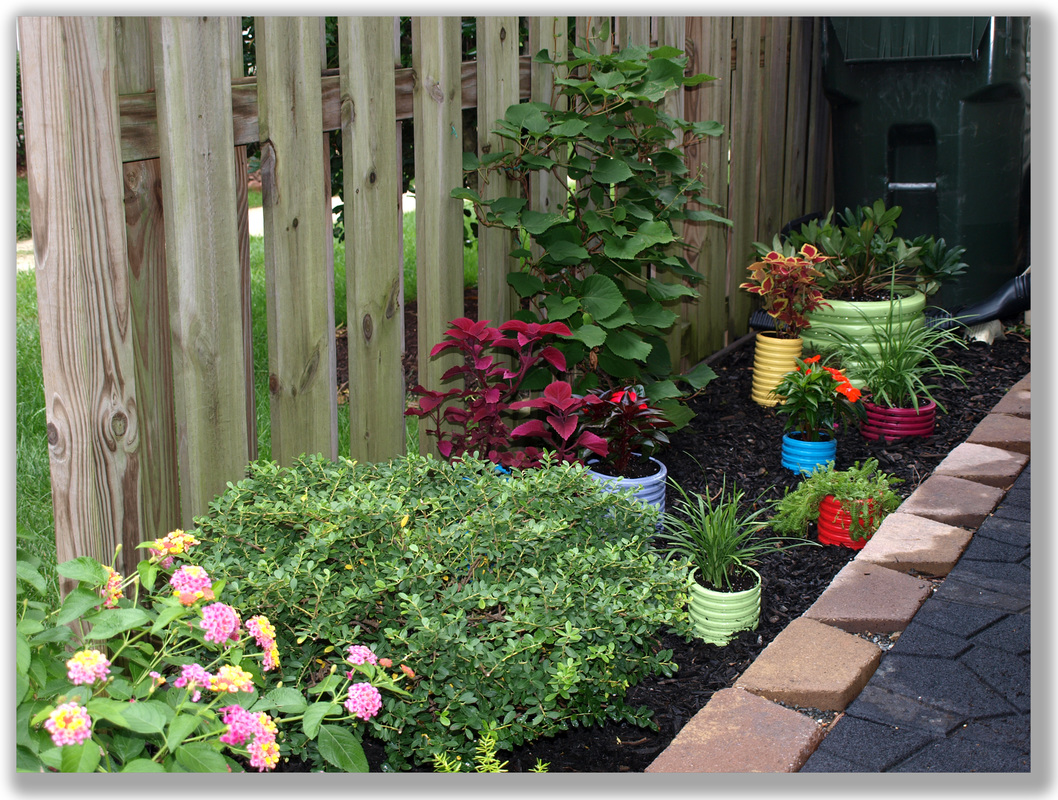
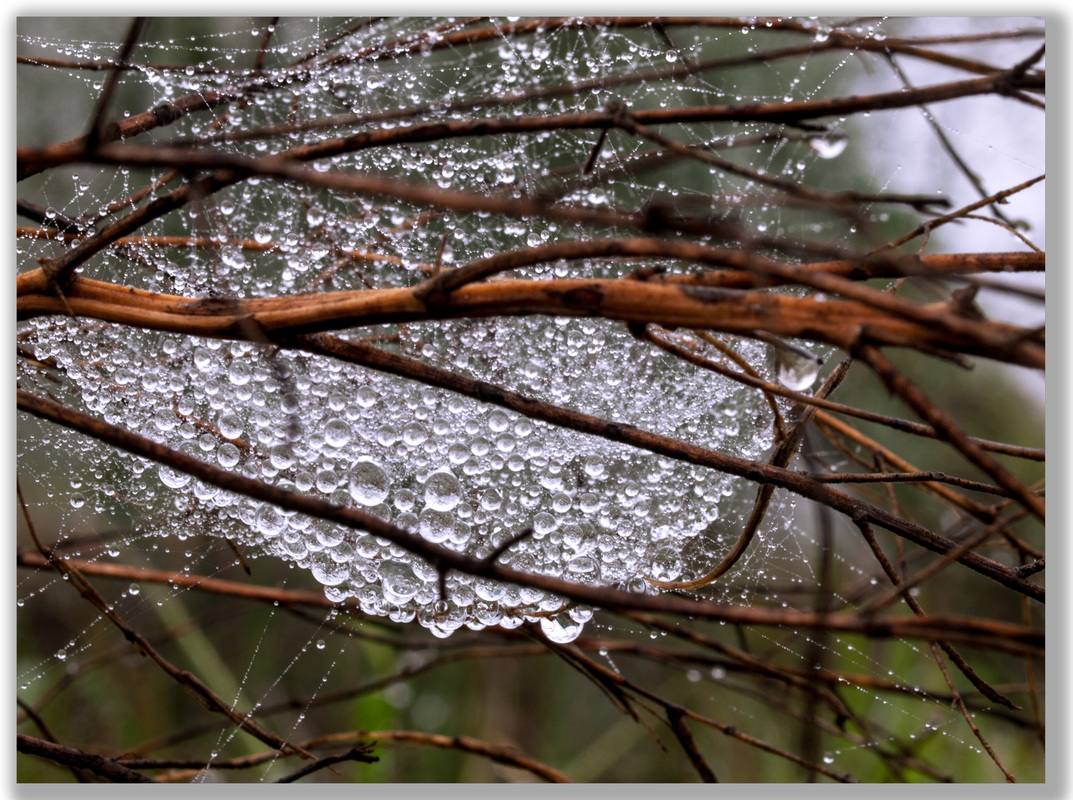
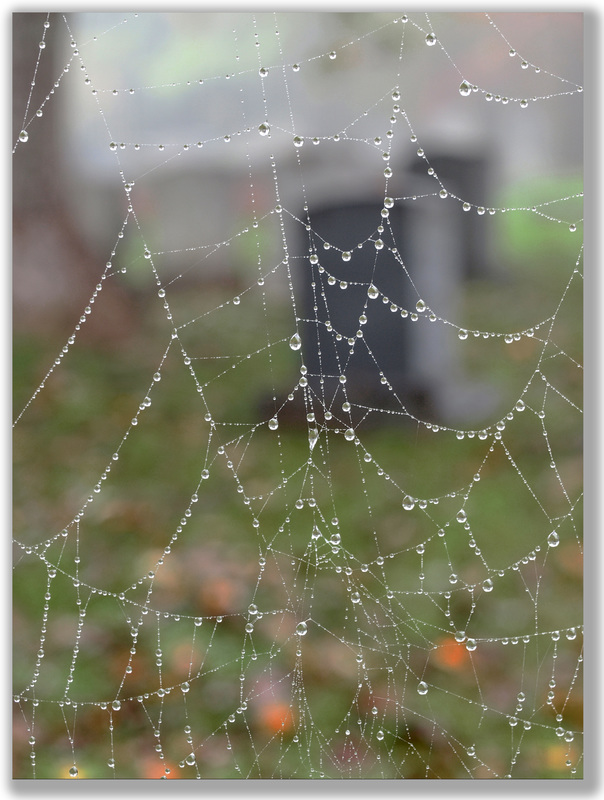
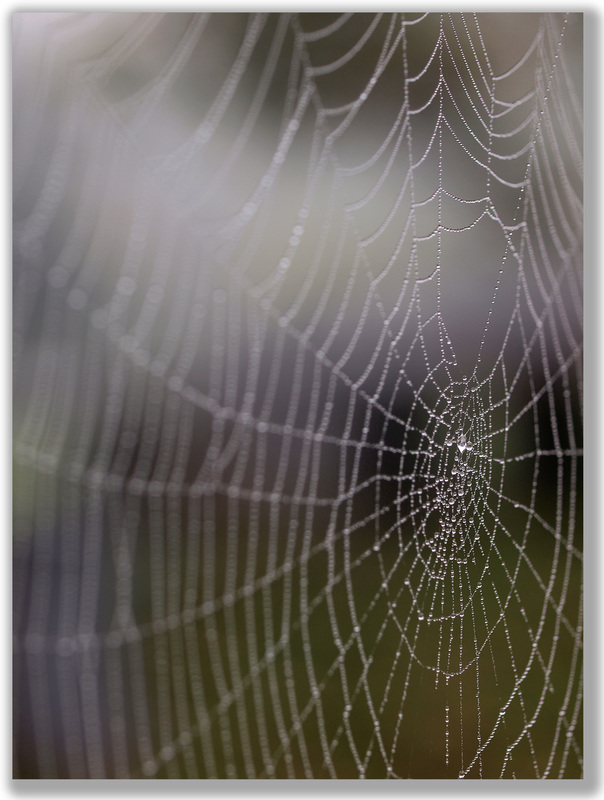
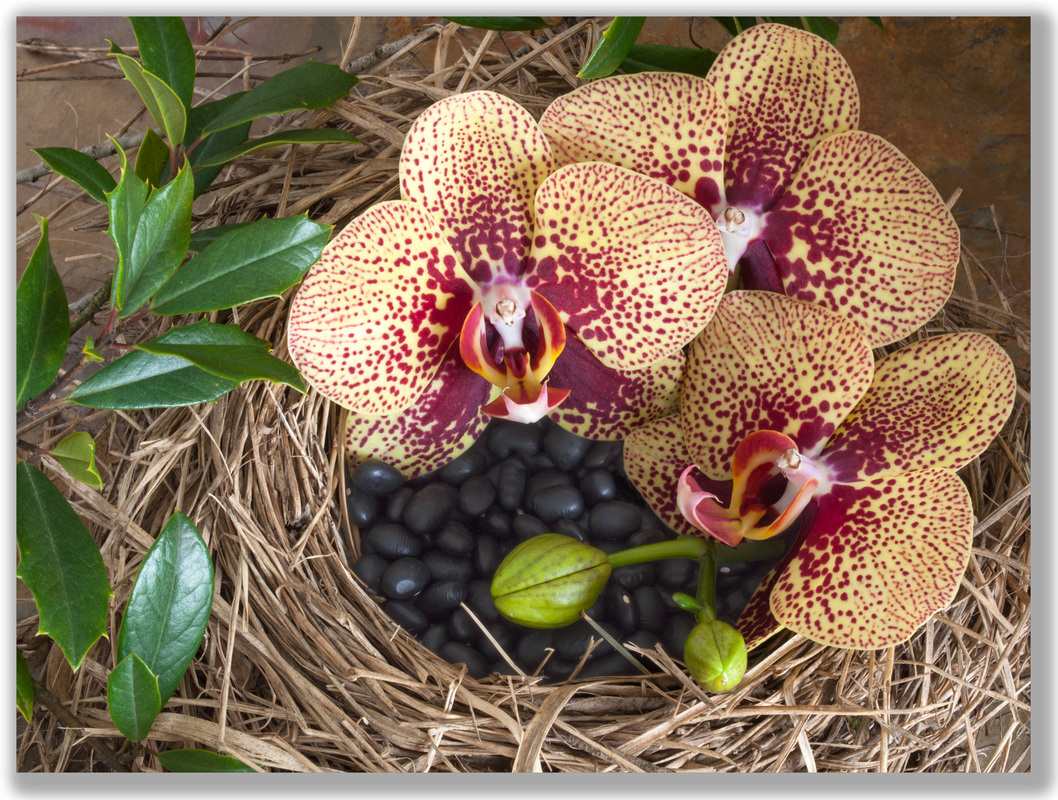
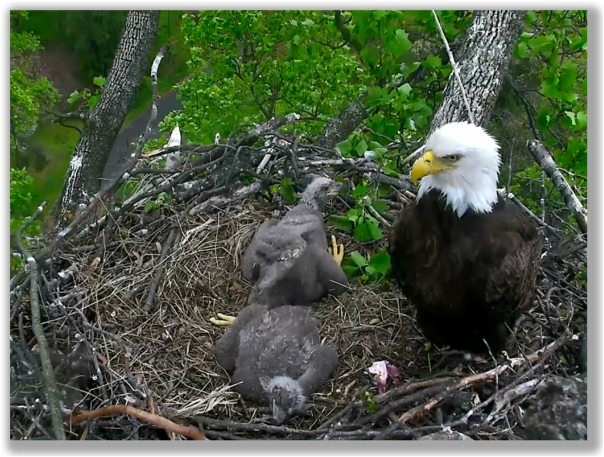
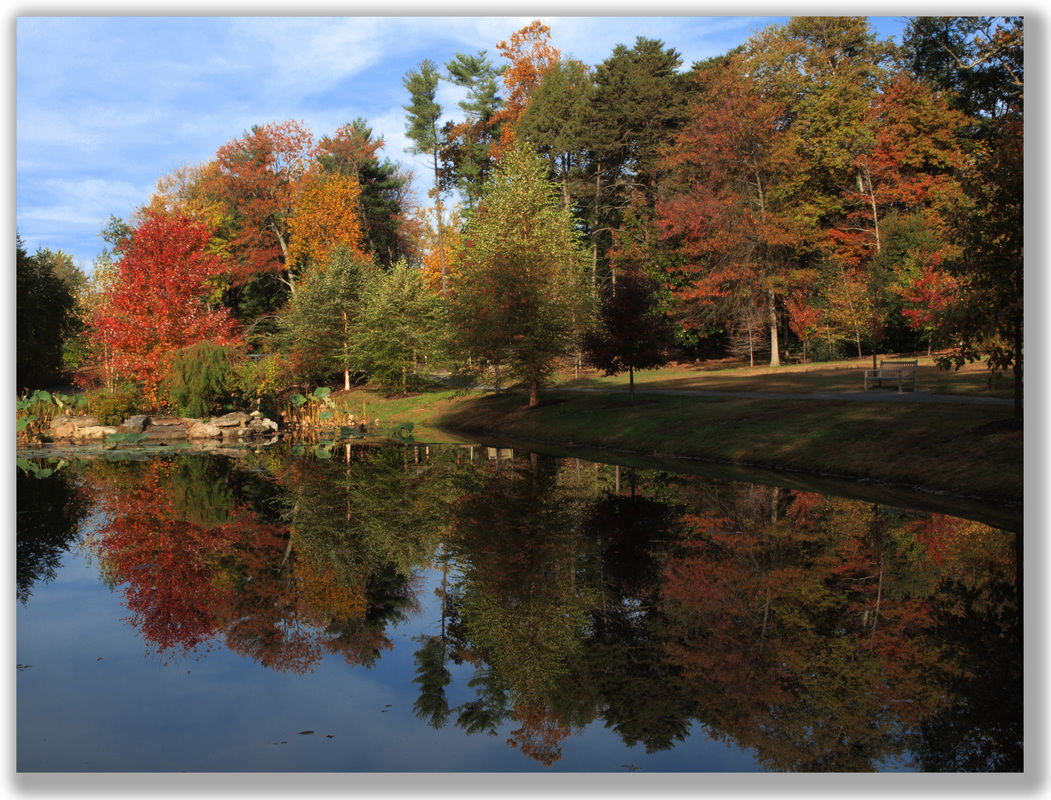
 RSS Feed
RSS Feed
